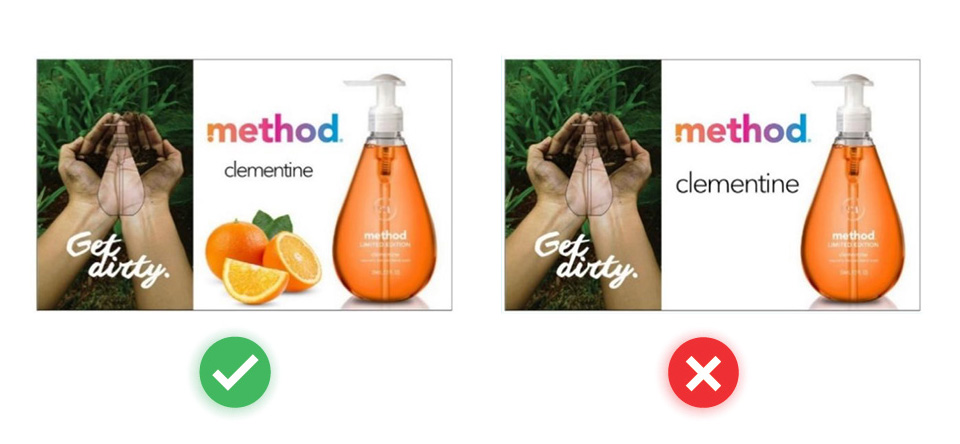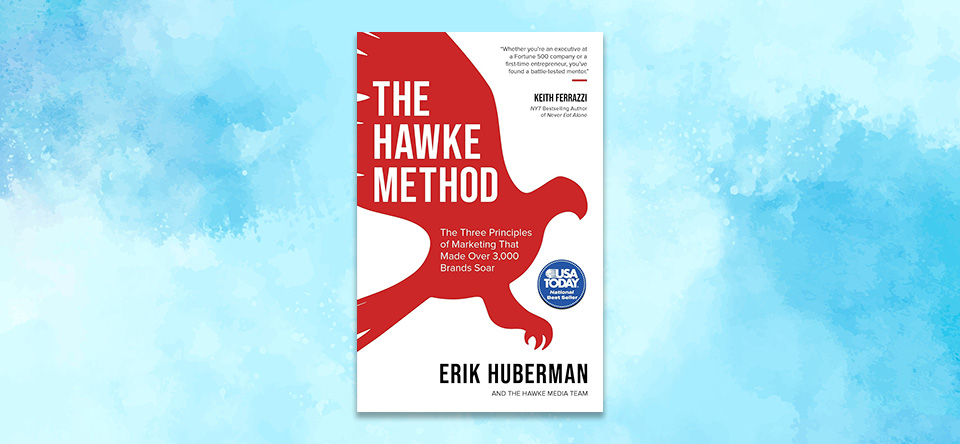We talk about the Hawke method, how to go from zero to 10,000 followers in just four months, using imagined scents to boost sales, & building backlinks at scale.
November 06, 2024 | #008 | Free Version
Welcome to Startup Blitz, a weekly newsletter full of timeless ideas and insights you can use in your online business.
The concept is simple: become a success story for companies and influencers so that they’ll post about it and put it on their websites. This can boost your credibility, increase traffic, and generate leads.
To get started, pick a company/influencer with an audience similar to yours. They should have a large enough audience but small enough to see value in your story.
Then document every big or small win you get by using their product, service, or content. And while you’re at it, warm them up by leaving high-quality comments on their social media, blog posts, podcasts, or videos.
Once they’re familiar with you, send them an email sharing the results you achieved thanks to them. Your result doesn’t have to be mind-blowing.
Do not ask for anything with this email. Simply share your results and say thank you.
This is not the end. Every 90 days, send a quick update on any new successes you’ve had because of them.
Not everyone will share your story, but some will. If you choose your influencers wisely, this can have a huge impact.
Do you sell products like soap, air fresheners, laundry detergent, or surface cleaners? On product packaging and ads, use images that can evoke imagined scents.
The pictures work best when they make it easy for consumers to imagine the scent.
For example, a sliced lemon is more effective than an image of a whole lemon. However, this effect reverses if the imagined scent is unpleasant (e.g., fish).
This tactic doesn’t work for products where scent isn’t a relevant or defining feature (e.g., lint rollers).
SEO pros recommend many link-building strategies: Guest posting, Skyscraper technique, Giveaways, Fixing broken links, responding to media requests, and more.
But here’s the catch: None of these are scalable.
I have only found these 3 link-building tactics to be scalable:
Local news sites have high authority. But they often lack fresh stories. This makes getting links from them surprisingly easy. Plus, stories from local newspapers frequently get picked up by national outlets.
1. You need an article that ranks something. It should have a location element. But it can’t just be your option. You need a ranking system with some “science” behind it.
For example, a football blog might rank cities with the most Manchester United fans based on real data.
2. Brainstorm 5-10 article ideas. Then check if similar stories have earned links from reputable news sites.
3. Use sources like Google Trends, social media, statistics sites, and industry reports to collect high-quality data for your article.
4. Create your article and include maps, charts, and visuals that news sites can easily use for their stories.
5. Make a list of local sites and contact them. They are eager for stories like these. Many have submission sections, and journalist contact info is easily accessible.
1. Brainstorm 5-10 potential survey topics. You need a topic that is interesting but difficult to reproduce.
Look at your website and blog. Can you do a survey on any of the topics you write about?
2. Once you’ve picked a topic, design 15-20 targeted questions that will provide valuable insights.
3. Use tools like SurveyMonkey to create your survey and share it with your audience. You need at least 250 responses for credibility.
4. After collecting responses, analyze the data and create a compelling article with clear, eye-catching graphs.
5. Use Google to find a few hundred articles related to your survey topic. Contact these sites with your survey results. Tell them their articles miss relevant data.
Tell them how your data can enhance their article and add extra credibility. You can even embed a lightweight image into your email.
One important thing Huberman talks about: avoid being “the Y of X.” Many new businesses fall into this trap when trying to explain their brand.
“Avoid analogies like, “We are the Uber for X.” You shouldn’t associate yourself with another brand. It can have an adverse effect. If I say we’re the Uber for car washes, some people might think we’re bullies, because Uber’s brand has become synonymous with bullying.14 People might ask, “Do you just let anyone wash my car? Because Uber doesn’t seem to have any qualifications for their drivers.”
”You can see how this is a slippery slope. When you associate your business with another brand, you might get the positive associations, but all the negatives, too. Worse, you seem less innovative. So instead of the “Uber for car washes,” you could say, “We’re on-demand car washes. Order your wash and we’ll come to your house, same day, and get the job done, hassle free.”
“If you want to take it a step further, find your own language for “on demand.” This makes it more unique. For example, “Car washes that come to you.” Cool. Your language choices matter. Now when someone says, “Ugh, my car is filthy,” you can say, “Oh, you should check out this company, they do car washes that come to you.””





